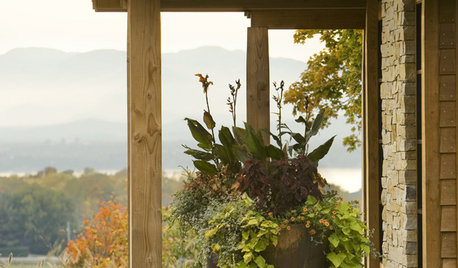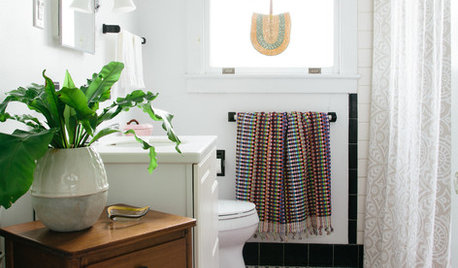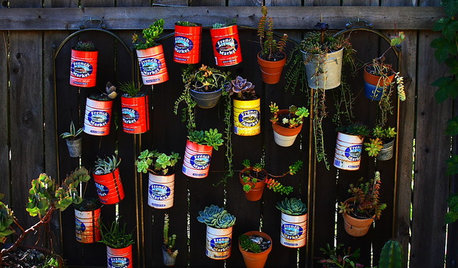Hi all,
I did search for an answer first, and while I found some helpful posts, I didn't understand everything in them. I am quite the newb when it comes to gardening so for example, when I read another thread that suggested MG 30-10-10, I have no idea what that means. So please dumb it down for me.
My situation is a Camellia (I don't remember exactly which species) that is in a container. I've had it for about 2 years now, and it's never done as well as I would hope. It's never bloomed very well (maybe 7 blooms first year, 3-4 this year). Now, the foilage is even beginning to not look overly healthy. It doesn't look diseased, it just doesn't look healthy in parts (some leaves are more pale than others.) I wonder if I gave it sun scorch because I do think I've been guilty of watering the leaves in full sun (who knew this was a bad thing? Well, now I do, but again, I'm still learning....) I'm not home right now but I can try to give a better description of the foilage later if necessary once I look at it again. Could even post a picture if I figure out how to....
To my eyeball, the container size appears perfect, but what do I know? I can measure the plant and container tomorrow if that would be helpful information. I don't know how to tell when it outgrows the pot, but I can say I don't think it's really grown much at all since I bought it. It is on a fan trellis (came that way from the garden center) if that matters.
This plant is facing the south but it does get a fair amount of shade owing to a monstrous tree in my neighbor's yard. Last I checked I think it's in the shade from about 3 PM on.
So, I now realize I probably made many mistakes when first selecting and planting this Camellia. First, I didn't even pay attention to how much sun exposure it would get. Second, I have no clue what kind of potting mix I used, basically just generic potting mix. Third, I think I used some sort of fertilizer since I first planted it, but none since. Plus I probably haven't watered it as much as I should.
So, I now realize the errors of my ways. I plan to re-pot soon to make sure it's not root bound and to correct my mistakes in originally potting it. My questions are as follows:
1.) Is it OK to re-pot now or would it be better to do it at a different time of year? We're running typically in the high-80s weather wise, though I could do it early AM or late PM if it would be best to do it in cooler weather or something.
2.) How many drainage holes should be in the pot? I drilled my own when I bought the pot... I think I drilled 5 holes. I suppose this will depend on the size of the pot...?
3.) Should I bother with putting down gravel or pine bark or something at the bottom of the pot?
4.) From what I've read it would be best to look for a camilla/azalea potting mix; hopefully I can find this at my local nursery. If I find this mix, do I need to amend it at all?
5.) OK this seems really stupid, but what is the best way to apply the fertilizer? Do I need to somehow work it down deep as I pack the potting mix in around the root ball? Or do I just put it on top? Or will this be explained on the fertilizer instructions? When (Time of year) and how often should I fertilize?
6.) What is a good fertilizer? Remember I don't understand the shorthand y'all use so please explain... I'm not sure if my local nursery will have organic stuff, but I can check....
7.) How do I know if the pot is too small? I read I should leave 2-3 inches on the top for mulch, so do I just get a bigger pot if I don't have room to add that much mulch? Anything else I should look for?
8.) Any other tips or tricks to get this poor-doer shining?
Thank you so much! I really like this plant alot and feel bad I've been so ignorant about its care but I hope I can make it happy with a few pointers from you kind folks!
















luis_pr
Suzi AKA DesertDance So CA Zone 9b
Related Professionals
Fillmore Landscape Architects & Landscape Designers · Brentwood Landscape Contractors · Bloomington Landscape Contractors · Corona Landscape Contractors · Dallas Landscape Contractors · Fort Atkinson Landscape Contractors · Holland Landscape Contractors · Panama City Beach Landscape Contractors · Parker Landscape Contractors · Rockland Landscape Contractors · Seymour Landscape Contractors · Reisterstown Landscape Contractors · Eatontown Swimming Pool Builders · Forney Swimming Pool Builders · Summerlin South Swimming Pool Builders